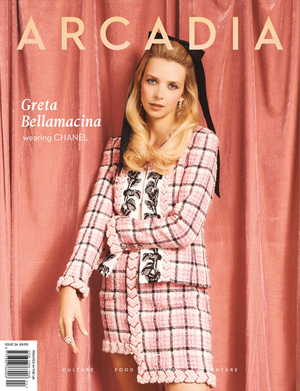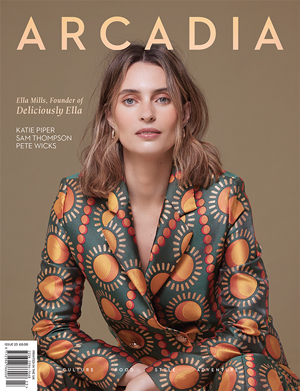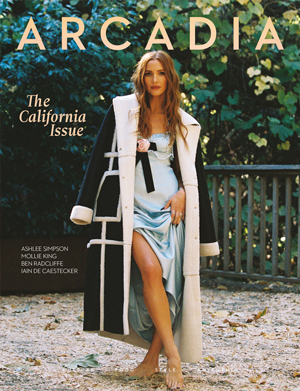Venturing into the world of new recipes can feel a bit overwhelming when you’re trying to stay within certain dietary boundaries. Whether you’ve been diagnosed with a food allergy or simply prefer to avoid specific ingredients, the idea of cooking something new might seem daunting.
But experimenting with fresh ideas can bring excitement to your meals and enhance your nutrition.
Understanding UK dietary needs and allergy prevalence
In the UK, a growing number of people are living with dietary restrictions. Whether due to food allergies, intolerances or health conditions, food sensitivities are more common than ever. Ingredients such as gluten, dairy and nuts tend to be the usual suspects, but more people are also discovering sensitivities to foods like soy, eggs or certain fruits.
Many supermarket shelves now offer free-from options that cater to people with these specific dietary needs. This makes it easier to shop for alternatives, but it also highlights a broader shift towards inclusive eating, where meal planning is more about creativity than limitation.
Swapping ingredients for safe flavour boosts
One of the most exciting parts of cooking within dietary restrictions is the opportunity to swap ingredients. Instead of focusing on what you can’t eat, think about what you can substitute. For instance, if you have a dairy intolerance, you can replace cow’s milk with alternatives like oat, almond or coconut milk.
If you’re into baking but avoiding eggs, you could try using mashed bananas or flaxseeds mixed with water as an egg replacement. The banana adds sweetness, while the flaxseed binds the ingredients just like eggs would.
Incorporating textures into creative cooking
Even with dietary restrictions, you can still indulge in dishes that offer a variety of textures. For example, if you’re on a low-fibre or easy-to-digest diet, you might want to try cooking Puréed meals and add spices or mild seasonings to elevate their flavour. Pureed vegetables like carrots, peas, or sweet potatoes offer a smooth, velvety texture that’s easy to eat and digest, but they also lend themselves to creative combinations.
If you’re avoiding grains but still want a filling meal, try incorporating spiralised vegetables like courgette or sweet potato in place of pasta. These swaps not only provide texture but also bring in new flavours that you may not have explored before.
Finding inspiration in community
Lastly, don’t forget that you’re not alone in your journey of cooking with dietary restrictions. Social media platforms, blogs, online forums and charities such as Coeliac UK are full of people who face similar challenges. Joining these communities can provide you with both the support and the inspiration to try new things. You might find a fellow cook who shares your food sensitivities and has already developed delicious, safe recipes that you can try.







